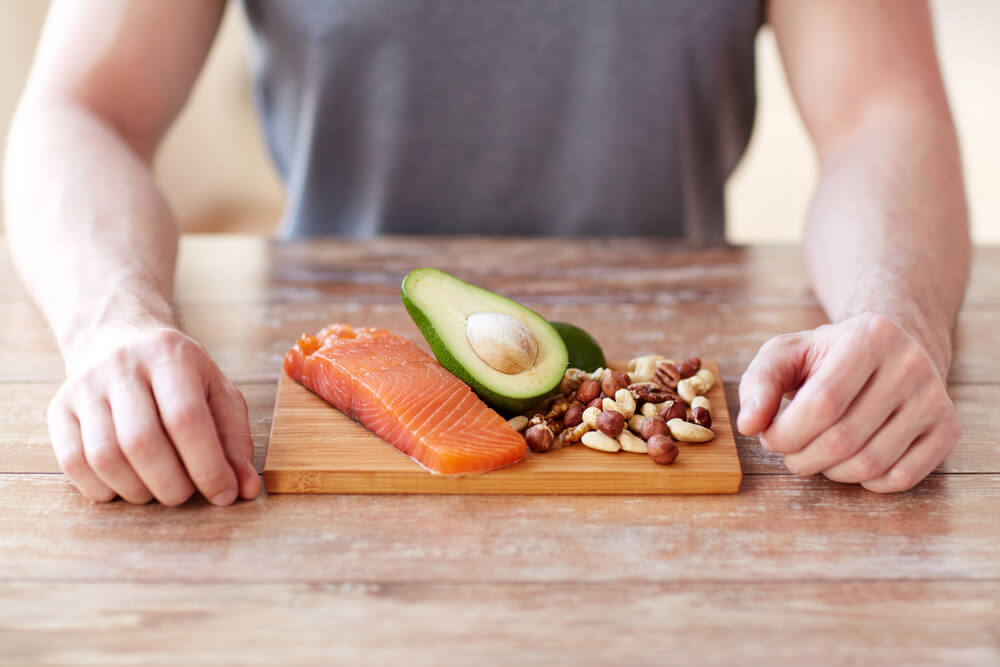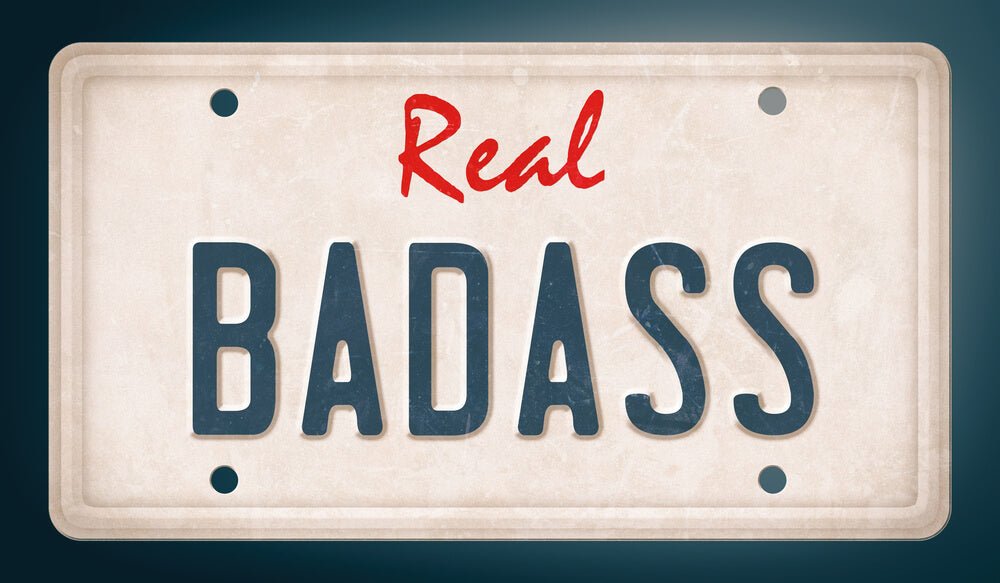DEMYSTIFYING THE PALEO DIET PART 3
As I stated in the previous entry, there is some confusion as to what “type” of paleo one should choose. That’s unsurprising, given that scientists seem to be even more divided on the topic than are the authors who tout the various types. Thus, I feel confident chiming in on the topic. Although I don’t consider myself necessarily an advocate of a paleolithic diet. Though it’s due in large part to the fact that paleotards are as intolerable as evangelical Christians and twice as misinformed. The fact that they’re misinformed is not entirely their fault. However, due to the disparity in information coming from paleo authors, archaeologists, and scientists, however, and I would posit that the disagreements in the field arise out of two fundamental issues:
1) Geographical diversity. Even in Europe there’s a vast difference in the native flora and fauna of, say, England, Spain, and Germany. Each area, however, contained both Neanderthals and Cro-Magnon man, and both of those hominids shared similar diets. Their diets would, however, must have differed necessarily based on the food available to them at the time. Thus, depending on the specimen studied, differing opinions about what is “paleo” might arise. Some of them might have eaten more carbohydrate than others. In Europe the “high carbohydrate specimens might have eaten grasses, berries, and turnips. Do you know what none of them ate? GODDAMNED SWEET POTATOES OR YAMS. They’re indigenous to South America, and you know what a wild yam looks like? Take a gander.
Given that everyone who I have ever met who claimed to eat paleo was white. The last goddamned thing on Earth they should be eating, save for a banana, is a yam or a sweet potato. It’s far more likely that Cro-Magnon man and paleolithic European humans supplemented their diets with grasses, a couple of root vegetables like turnips and parsnips, and berries, which were at that time tiny, bitter, and about as impossible to duplicate in the modern world as the Valley Temple of Khafre. Paleolithic man has existed in every corner of the world. So it would make much more sense to eat the “foods of your people” and wild vegetation as much as possible if you’d like to eat paleo.
Modern berries contain far too much sugar. Bananas are basically just badly flavored sticks of sugar, and oranges were hard, inedible fruits in the paleolithic (Texas). I encourage everyone out there to research their ancestral diets, as there seems to be something to eating the way your people did for millennia. One non-profit, Oldways, has won awards for the work they’ve done to this end- they assert that if you eat foods in line with your genetic heritage, you’ll be healthier, stronger, and less prone to chronic or degenerative disease. If you check out their site, you’ll note Northern Europeans and Russians are conspicuously absent from the list, but they detail Mediterranean, Latin American, African, Asian, and Vegetarian Diets and Pyramids.
Frankly, lumping Asia into one group is preposterous. It spans everything from India to Korea and then back down to Southeast Asia, and they all eat markedly different things. As I’ve already covered, the Indians would be remiss to skip meat eating if they were to eat an ancestral diet. As Indians at meat right up until the modern era, and Koreans would balk at eating a Chinese diet, so that’s silly.
Oceania is also skipped, but I suppose the diversity of the diets ranging from New Zealand to the Aboriginal diet would be hard to cover in a single pyramid. As for Northern Europeans, it might behoove you to consult this list, which comes from the Capitulary of Charlemagne de villis vel curtis imperii, a cookbook written in 800 AD, and details the vegetables under cultivation at that time. Note that potatoes, tomatoes, and beans are conspicuously absent from the list because they arrived from elsewhere later in history (Bulit).
- Eggplant
- Cabbage
- Artichokes
- Eggplants
- Carrots
- Gourds
- Melon
- Parsnip
- Swiss chard
- Spinach
- Leeks
- Peas
- Turnips
- Cucumber
- Chickpeas
- Celery
- Leeks
- Peas
- Lettuce
- Garlic
- Onions
- Shallots
As for fruit, unless you’re picking wild strawberries, you’re pretty much limited to red currants, super tart apples (the closest thing you can get to an old school apple, pears, raspberries, black currents, and damsons, which are plum-like fruits with an apparently astringent taste. As you can see, choices on a truly paleo diet are limited.
2) Scientists all have an agenda. It’s why they choose given fields- they spend their entire careers trying to prove a given hypothesis. Some scientists want to go with the omnivorous theory, some want to prove that we must eat carbs to be healthy, while still others want to portray humans as pure carnivores. To say that they’re carnivorous opportunists just seems to be out of their reach, and since one of them seem to understand that no two geographic groups ate the same and thus there is no one golden paleo, they’re just busy confusing the crap out of everyone.
And while we’re at it– arrowroot is not strict paleo. That crap has been in cultivation for 7,000 years in the Americas, and it requires extensive processing to obtain. That’s not paleo. According to Mark Sisson, it’s primal, but in terms of the strict definition of paleo, it’s not. If you’re going for your ancestral diet, it’s especially not paleo unless you’re from the Caribbean. Nevertheless, Robb Wolff posted a quote from Andrew Badenoch, “Paleo is a logical framework applied to modern humans, not a historical reenactment.” As such, you should probably limit your arrowroot consumption, rather than include it in everything as I’ve seen some paleo chefs do. In the event that you have a hankering for some biscuits, however, ol’ Robb has you covered- check out his recipe for biscuits and gravy here (though I’d throw some actual sausage in there for extra protein).
If you’ve been following the news, you might have noticed that the media has picked up on a study from the University College London that states that the paleo diet did, in fact, include carbohydrates. This, of course, comes as a shock to no one, because no author of whom I’m aware have ever advocated a completely ketogenic diet as “paleo” In fact, every paleo author of whom I’m aware advocates carbohydrate consumption in one form or another, using various sources like the ones I’ve listed above. It seems obvious that early man would have been more concerned with filling his belly than maintaining his six-pack and would be eating anything and everything that would help him stab various megafauna to death while banging some hot cave chick.
Similarly, you might have read a piece of trash so pants-crappingly insane it might as well have been co-written by Gary Busey and Nick Nolte on Quartz.com entitled “Scientists confirm the paleo diet is nonsense.
In it, the author who clearly lacks a fact checker suggests that we all eat potatoes (which were considered unfit for human consumption in Europe until around the 17th century) because “cavemen and cavewoman ancestors loved—and needed—carbs as much as we do, even if they gathered them instead of cultivated them” based on the fact that “Examination of 3-million-year-old teeth and the plant-life in the regions where our ancestors lived also signal that they were eating tubers and other starchy vegetables” (Shanker). The problem? Modern humans are only about 200,000 old. The hominid teeth being studied from 3 million years ago were australopithecines, which look like this:
From the above, you should be able to ascertain two things- one, my point about scientists having an agenda has been borne out, because that scientist blatantly lied about his findings. Australopithecines aren’t even in our genus- saying we should eat like them is similar to saying whales should eat like deer, because they both descended from a common ancestor.
Mischievous, and deceitful. Chicanerous and deplorable. Two, the author from the Quartz doesn’t know her ass from a hole in the floor. Oh, and that bit I mentioned about potatoes in Europe?
“THROUGHOUT EUROPE, POTATOES WERE REGARDED WITH SUSPICION, DISTASTE AND FEAR. GENERALLY CONSIDERED TO BE UNFIT FOR HUMAN CONSUMPTION, THEY WERE USED ONLY AS ANIMAL FODDER AND SUSTENANCE FOR THE STARVING. IN NORTHERN EUROPE, POTATOES WERE PRIMARILY GROWN IN BOTANICAL GARDENS AS AN EXOTIC NOVELTY. EVEN PEASANTS REFUSED TO EAT FROM A PLANT THAT PRODUCED UGLY, MISSHAPEN TUBERS AND THAT HAD COME FROM A HEATHEN CIVILIZATION. SOME FELT THAT THE POTATO PLANT’S RESEMBLANCE TO PLANTS IN THE NIGHTSHADE FAMILY HINTED THAT IT WAS THE CREATION OF WITCHES OR DEVILS” (CHAPMAN).
So, we’re still working toward which paleo diet is right for you, which I will hit up in the next segment of this series. Till then, eat a steak with some parsley on it- that should do you for veggies.
For more informative blogs by Chaos and Pain click here.
Sources:
Bulit, Jean-Marc. Vegetables in Medieval Europe. Web. 16 Aug 2015. http://www.oldcook.com/en/medieval-vegetables
Chapman, Jeff. The impact of the potato. History Magazine. Web. 16 Aug 2015. http://www.history-magazine.com/potato.html
Knapton, Sarah. Paleo diet should include carbohydrates to be authentic, say scientists. Telegraph. 15 Aug 2015. Web. 16 Aug 2015. http://www.telegraph.co.uk/news/earth/environment/archaeology/11804055/Paleo-diet-should-include-carbohydrates-to-be-authentic-say-scientists.html
Shanker, Deena. Scientists confirm that the Paleo diet is nonsense. Quartz. 13 Aug 2015. Web. 16 Aug 2015. http://qz.com/479123/scientists-confirm-that-the-paleo-diet-is-nonsense/
Texas oranges history. TexaSweet. Web. 16 Aug 2015. http://www.texasweet.com/texas-grapefruits-and-oranges/the-history-of-texas-oranges/












Leave a comment
All comments are moderated before being published.
This site is protected by hCaptcha and the hCaptcha Privacy Policy and Terms of Service apply.